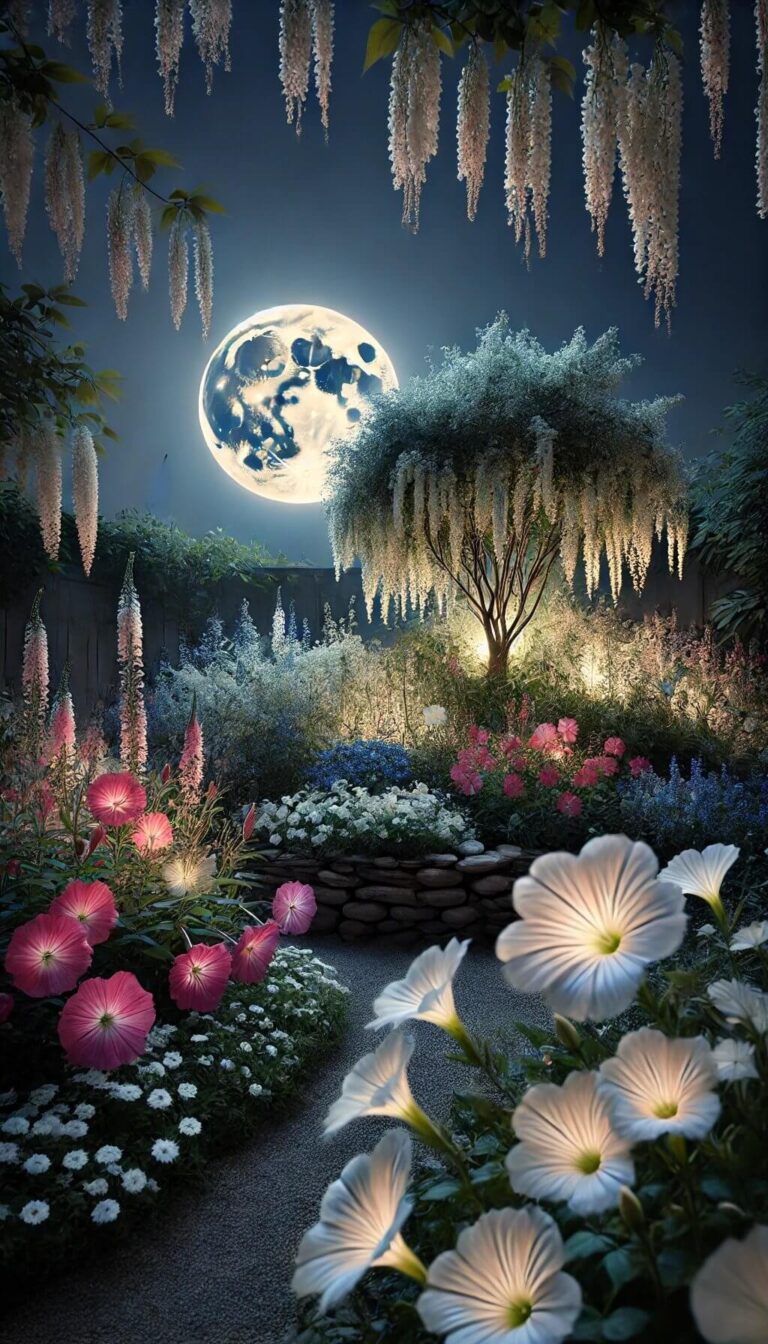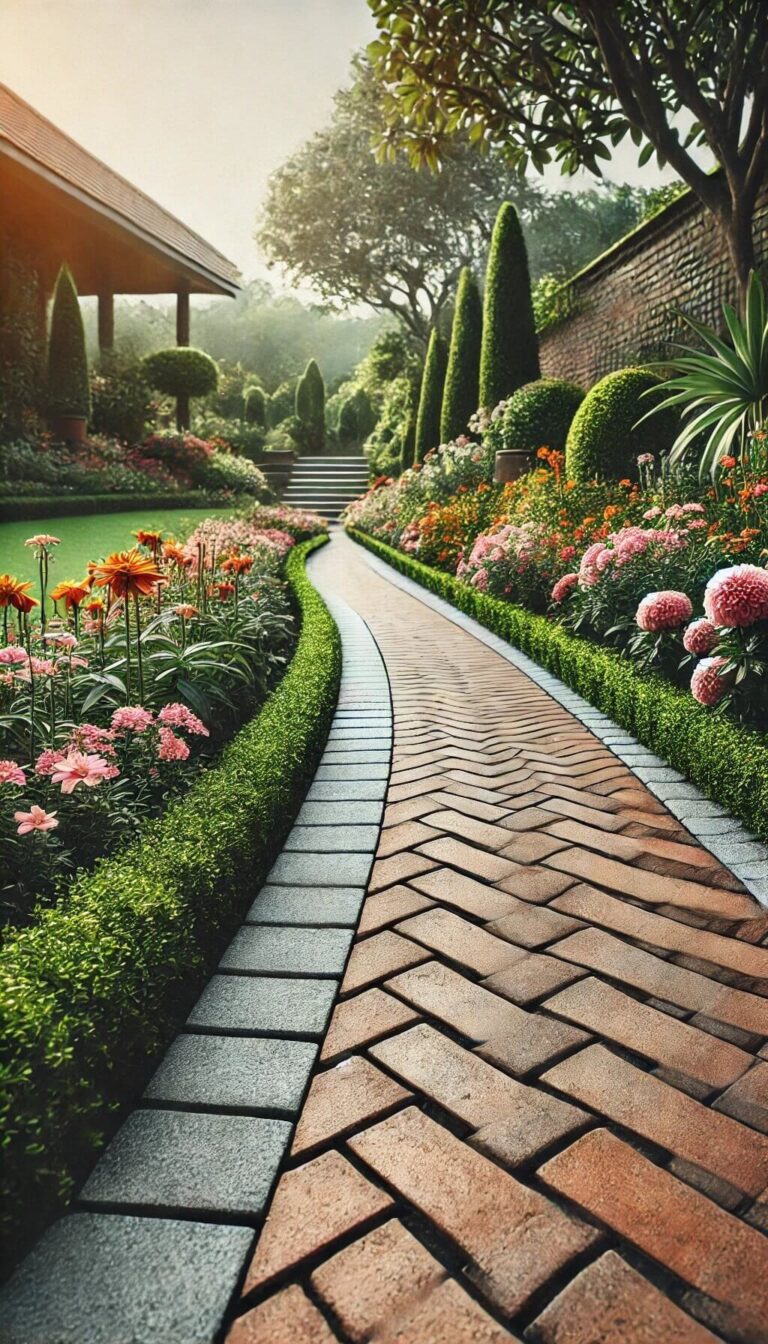Fall Perennials For A Splendid Array Of Flowers
As fall arrives, the garden transforms into a vibrant tapestry of colors. While some summer perennials like aster and anemones continue to thrive until the first frost, the season also brings its own unique charms. A wide range of perennials are specially suited for this time of year, offering a kaleidoscope of reds, whites, and yellows to brighten up the landscape. Among these, Solidago, Helenium, and Rudbeckia are some tried-and-true favorites that produce a stunning display of flowers.
Look beyond the summer stalwarts and explore the many perennials available for fall planting, including Chrysanthemum, Cimicifuga simplex, and Dahlia. With a little planning, your garden can be a riot of color and life right up until the snow flies.
Favorite Perennial Plants for Fall Gardens.
Solidago

Solidago, also known as Goldenrod, is an excellent choice for adding vibrant fall color to your garden. This versatile perennial thrives in zones 3 to 9 and can spread quickly, making it essential to prune regularly to maintain its shape. As its name suggests, Solidago produces an abundance of golden plumes throughout the fall season. When flowering has concluded, trim back the old stems to the base, and for mature plants, lift and divide the root ball to promote healthy growth.
While Solidago is often thought of as a taller plant, look for the compact ‘Little Lemon’ variety, which blooms freely at just 10 inches tall, making it an ideal choice for adding a pop of color to the front of borders.
Helenium
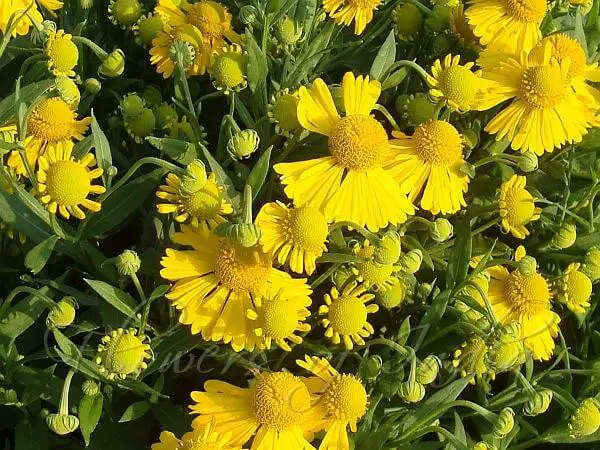
The vibrant Helenium, also known as Helen’s Flower, brings a burst of warm colors to the fall landscape with its striking red to yellow hues and brown-centered blooms. While it can thrive in light shade or a variety of soil types, this flower truly comes alive when basking in full sun. To encourage prolonged flowering, be sure to deadhead spent blooms regularly. And did you know that Helenium is also sometimes referred to as Sneezeweed?
In the past, its dried leaves were used to create snuff – talk about a unique use for a beautiful flower!
Rudbeckia

Black-eyed Susans (Rudbeckia hirta) and Helenium share similar preferences for full sun and shelter from harsh winds. To support its slender stems, staking is crucial. Regular watering is also essential, although it can withstand some drought. However, be mindful that the soft, feathery foliage may wilt slightly before recovering with adequate hydration. Another important consideration is deadheading to prevent self-seeding and unwanted growth in subsequent seasons.
Helianthus

The sunflower, while not a perennial, presents no challenge when grown from seed. Its vibrant blooms make it an attractive choice for adding a splash of color to the rear of a diverse garden bed. When paired with rudbeckia and heleniums, this plant’s bright hues create a stunning visual display.
Red and White Favorites for Fall Planting
While it’s effortless to become captivated by the vibrant hues of autumn – the rustling leaves and golden tones that dominate the season’s color palette – incorporating a thoughtful mix of red and white blooms into your garden design can add a delightful layer of complexity, elevating the visual interest and injecting a sense of playfulness into the landscape.
Chrysanthemum
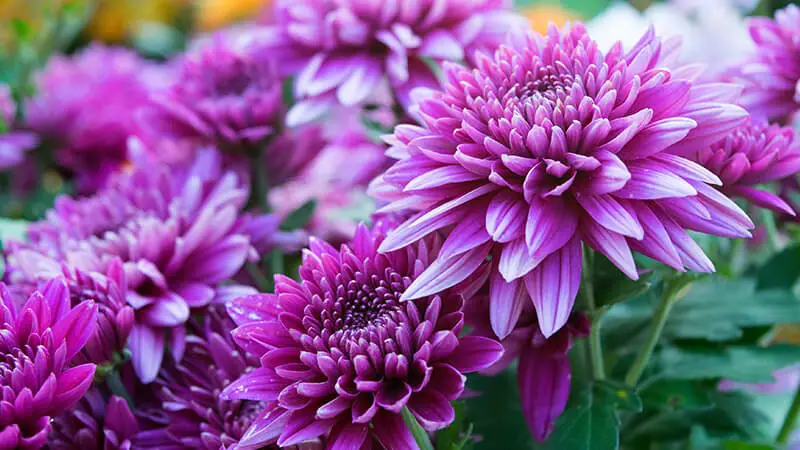
Mum plants, affectionately referred to as ‘mums’, come in a dazzling array of colors, including red, white, pink, bronze, and yellow. While they’re surprisingly resilient to harsh weather conditions, taller varieties may require staking to prevent them from toppling over. In fact, some mums can grow up to 3 feet tall, showcasing their robustness.
Like their aster cousins, which seamlessly bridge the summer and fall seasons, chrysanthemums transition beautifully from autumn to winter, occasionally blooming as late as December, extending their vibrant presence into the holiday season.
Cimicifuga simplex

Bugbane, despite its lengthy name, is a valuable addition to any garden. ‘White Pearl’ is a particularly striking variety that can reach heights of up to 5ft., providing a dramatic splash of white color in the fall landscape. The feathery spikes, resembling curved bottle-brushes from afar, remain attractive well into autumn. While Bugbane does best in semi-shade and well-drained soil, its slow growth rate may require patience – but the wait is worth it for the eventual payoff.
Dahlia
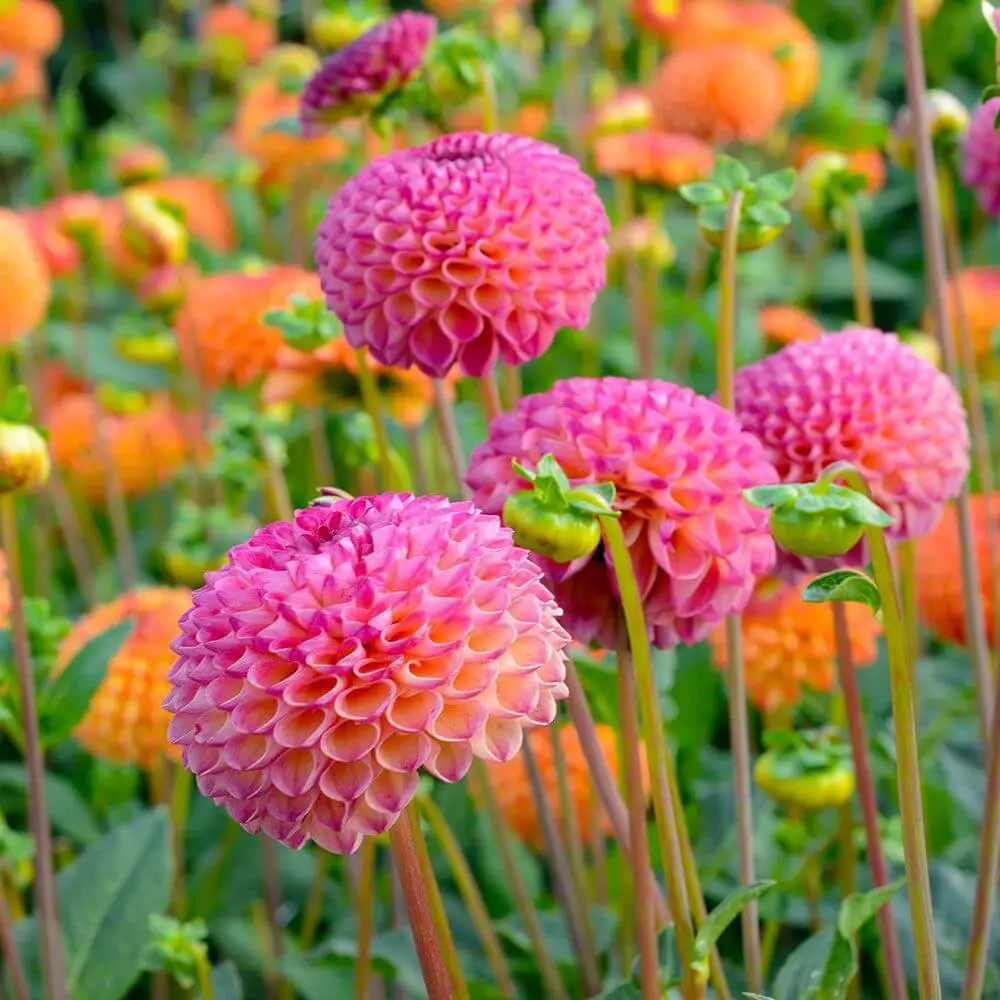
While it’s challenging to catalog all the diverse dahlia varieties, one standout for autumnal color is Dahlia “Bishop of Llandaff”. This showstopper reaches approximately 3 feet in height and, when its vibrant scarlet blooms are basked in full sun, becomes a commanding focal point in any garden setting. When it comes to combining summer and fall perennial plants, the key is to find complementary companions that can thrive together with shared support from plant stakes.
The ideal time to introduce both spring-blooming perennials and their autumnal counterparts is during the spring season; however, container-grown plants can be transplanted into the ground in the fall.

